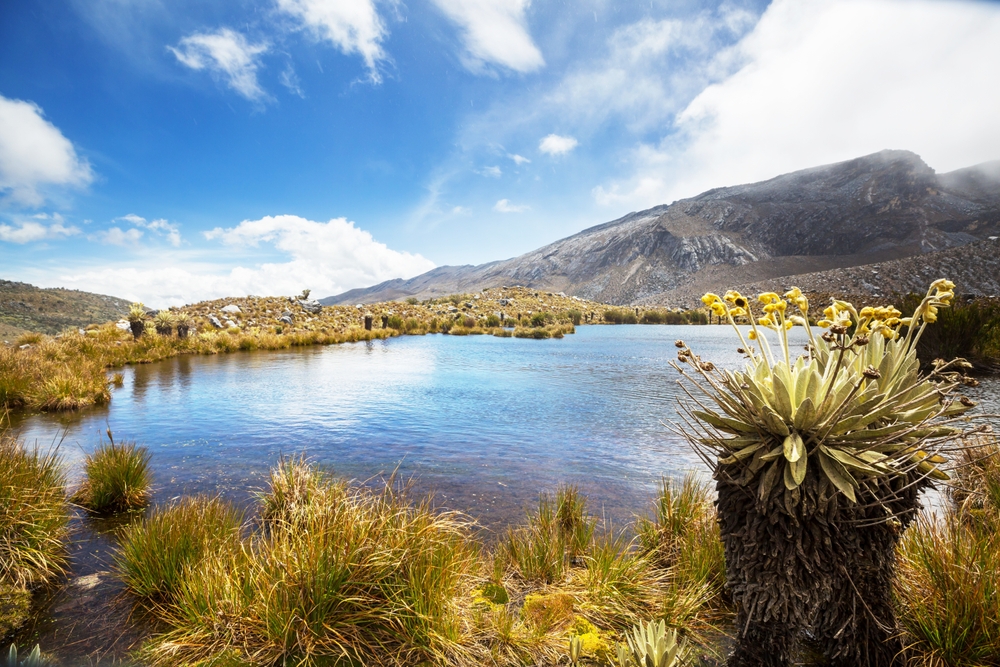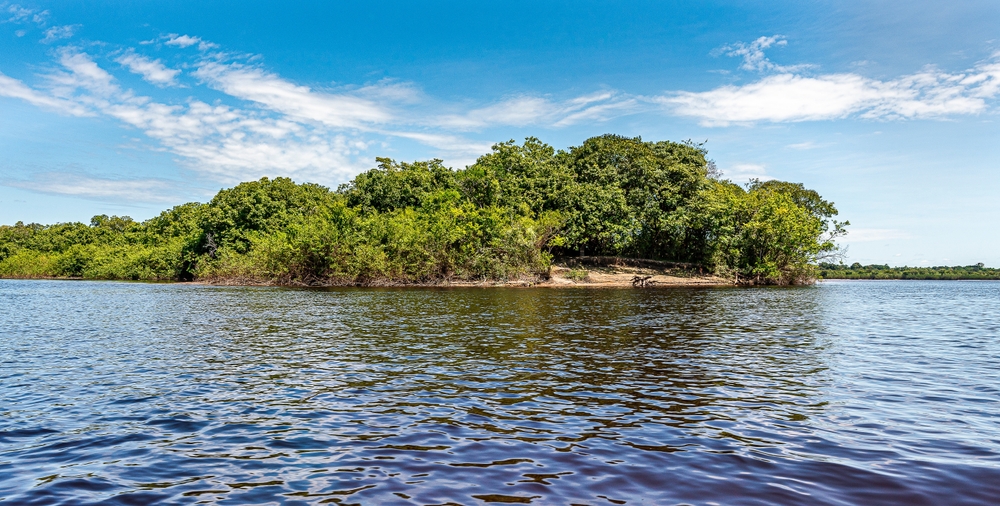Las Hermosas Overview
Las Hermosas National Natural Park, known locally as Parque Nacional Natural Las Hermosas, is a protected area located in the central Andean region of Colombia.
Established in May 1977, the park spans approximately 1,250 square kilometers (482 square miles) across the departments of Tolima and Valle del Cauca. The park’s elevation varies significantly, ranging from 1,600 to 4,400 meters (5,249 to 14,436 feet) above sea level, and encompasses diverse ecosystems such as Andean forests, subpáramo, and páramo.
The terrain of Las Hermosas is characterized by rugged mountains, deep canyons, and an impressive network of glacial lakes, totaling around 387 bodies of water. Notable geographic features include the Las Mellizas Lagoon and the canyon formed by the Magdalena and Cauca rivers.
The vegetation within the park is highly diverse, transitioning from dense Andean forests at lower elevations to high-altitude páramo flora. The frailejón, a distinctive plant found in páramo ecosystems, thrives in these misty, windswept landscapes. The park is also home to extensive cloud forests, where moss-covered trees and orchids flourish in the humid conditions.
Wildlife in Las Hermosas is both varied and remarkable, with numerous species adapted to the park’s changing altitudes and microclimates. Among the most notable mammals are the spectacled bear, mountain tapir, cougar, oncilla, pudú, and white-tailed deer.
The spectacled bear, South America’s only bear species, is particularly iconic in the region and plays a crucial role in maintaining ecological balance. Birdwatchers visiting the park may encounter a variety of avian species, including hummingbirds, Andean condors, and other high-altitude specialists. The combination of diverse habitats and remote, untouched landscapes makes the park a refuge for many rare and endangered species.
Las Hermosas National Natural Park is popular among visitors seeking adventure and immersion in pristine natural environments. Hiking is one of the best ways to explore the park’s varied landscapes, offering a chance to witness its striking geography and abundant wildlife.
The glacial lakes, scattered throughout the park, provide scenic spots for photography and quiet nature observation. Birdwatching is another major draw, with the park’s rich avian diversity attracting ornithologists and nature enthusiasts alike. The challenging terrain also appeals to experienced trekkers looking for demanding yet rewarding expeditions through Colombia’s central Andes.
Conservation efforts in Las Hermosas have faced challenges over the years, particularly due to deforestation, illegal mining, and the effects of climate change. The retreat of glaciers and shifts in temperature have impacted the delicate páramo ecosystems, threatening species that rely on these habitats.
Despite these difficulties, conservation initiatives have been implemented to protect the park’s biodiversity. Local organizations and government agencies have worked together to combat habitat destruction, regulate human activity, and raise awareness about the park’s ecological significance. Efforts to maintain the integrity of its fragile ecosystems continue, ensuring that Las Hermosas remains a sanctuary for both wildlife and future generations of visitors.
















































































